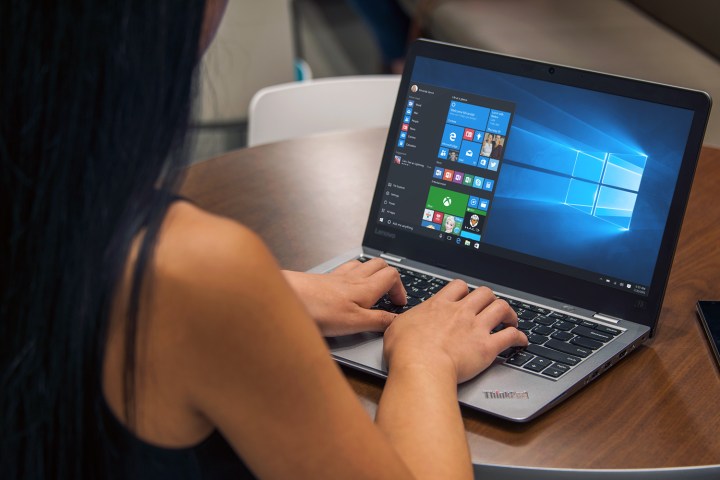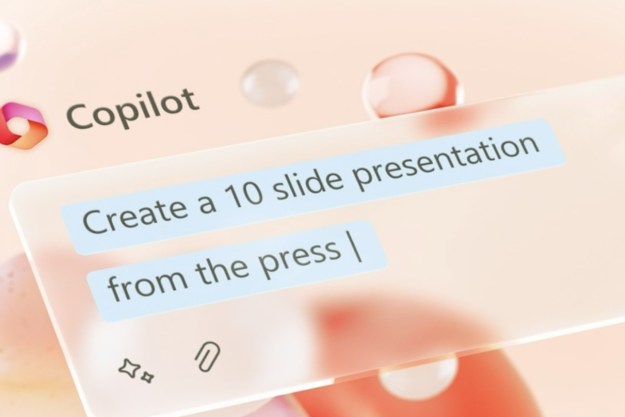
To be clear, security updates and patches will continue to roll out as soon as they’re available via Windows Update. But major, feature-rich updates will now be on a twice-a-year schedule, according to the Microsoft blog.
The move is intended to make life a little easier for enterprise users, who will have an easier time keeping their systems up-to-date and secure if Microsoft limits feature releases to just two major updates a year. This effectively brings Windows 10 in line with Office 365, which had already adopted a twice-yearly update schedule.
So, when will you be getting your next Windows 10 feature update? According to Microsoft, the feature updates for Windows 10, Office 365 ProPlus, and the System Center Configuration Manager, will roll out every March and September starting with September 2017.
Microsoft also made a few adjustments to the support schedule for the feature updates going forward. Each one will receive 18 months of technical service and support, before being supplanted by a newer, more feature-rich Windows 10 update.
More than anything this change is a measure to introduce a certain amount of predictability and simplicity into the lives of enterprise users, some of whom have to manage a massive number of Windows installs. According to Microsoft, keeping up with feature and security updates has already made enterprise users happy — and it’s part of the reason Windows 10 is reportedly the fastest-adopted version of Windows among enterprise users.
This change to the Windows 10 feature update schedule comes right on the heels of the Creators Update release, the most recent Windows 10 feature update. It’s not likely we’ll see another update of that magnitude this September, but it is exciting to see that Microsoft won’t be doling out feature updates piecemeal, and will instead bundle them together for bigger semiannual releases.
Editors' Recommendations
- The next big Windows 11 update has a new hardware requirement
- Windows 11 vs. Windows 10: finally time to upgrade?
- Microsoft may fix the most frustrating thing about Windows updates
- 7 beloved Windows apps that Microsoft has killed over the years
- A beloved Windows app is being axed after 28 years


